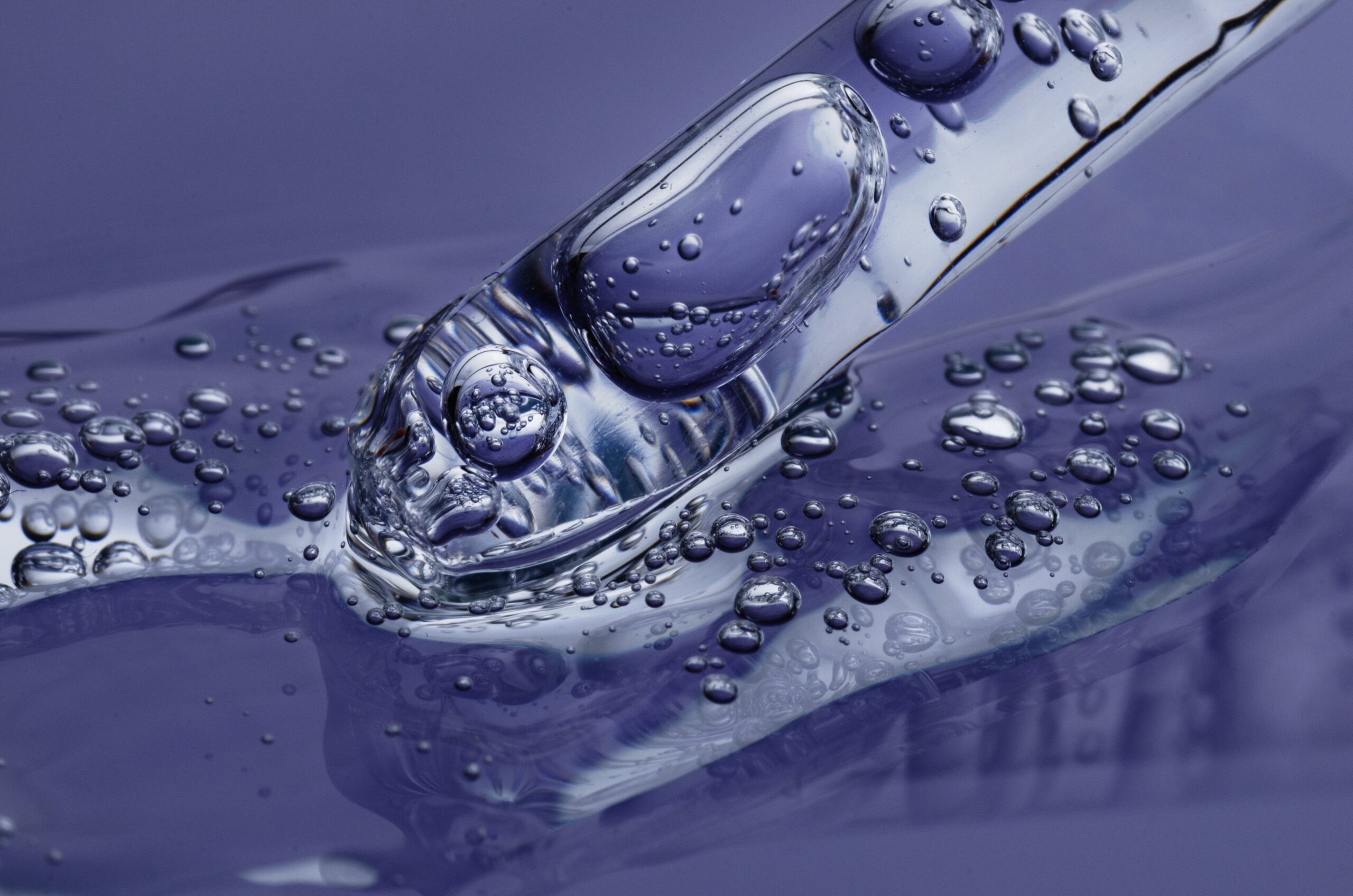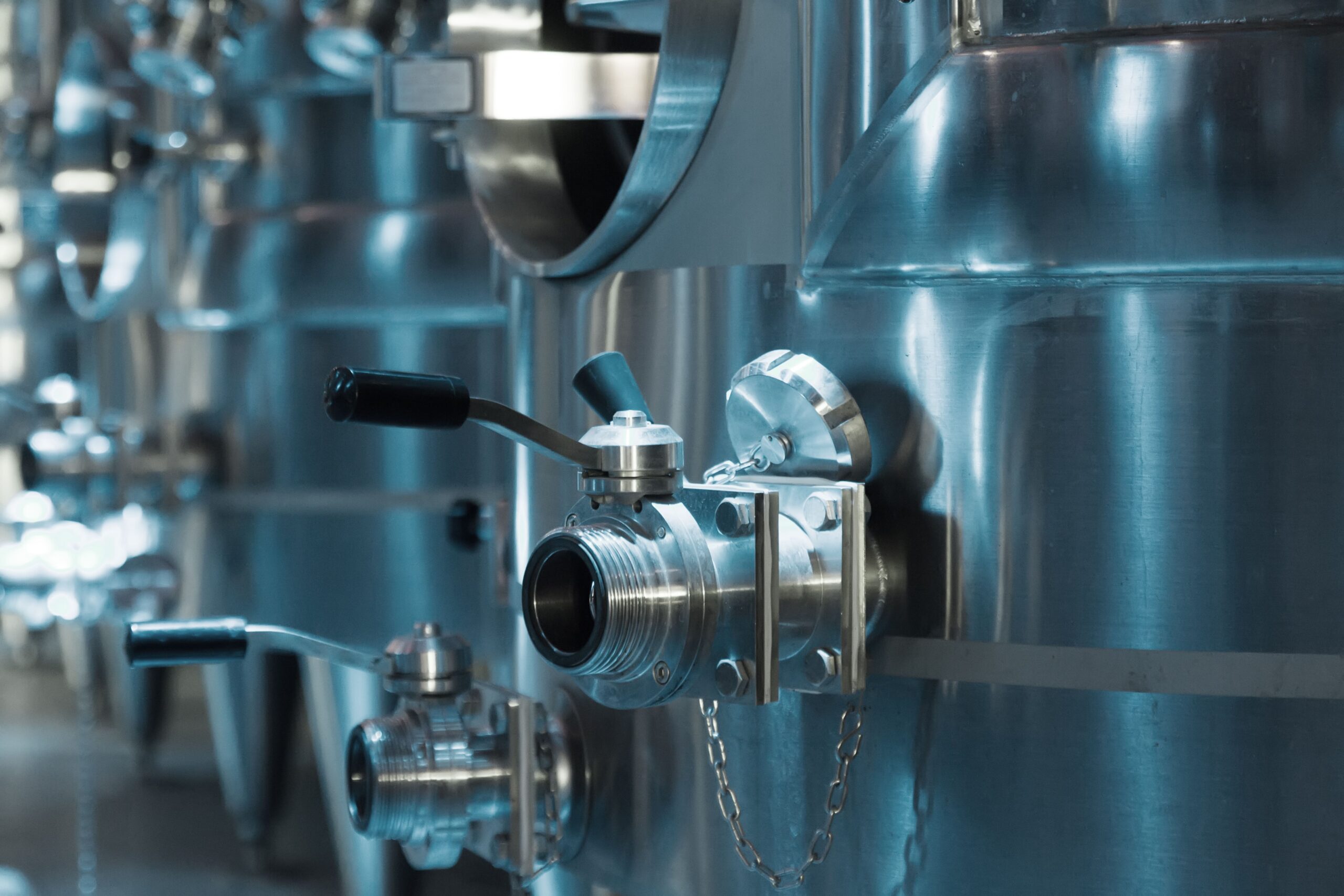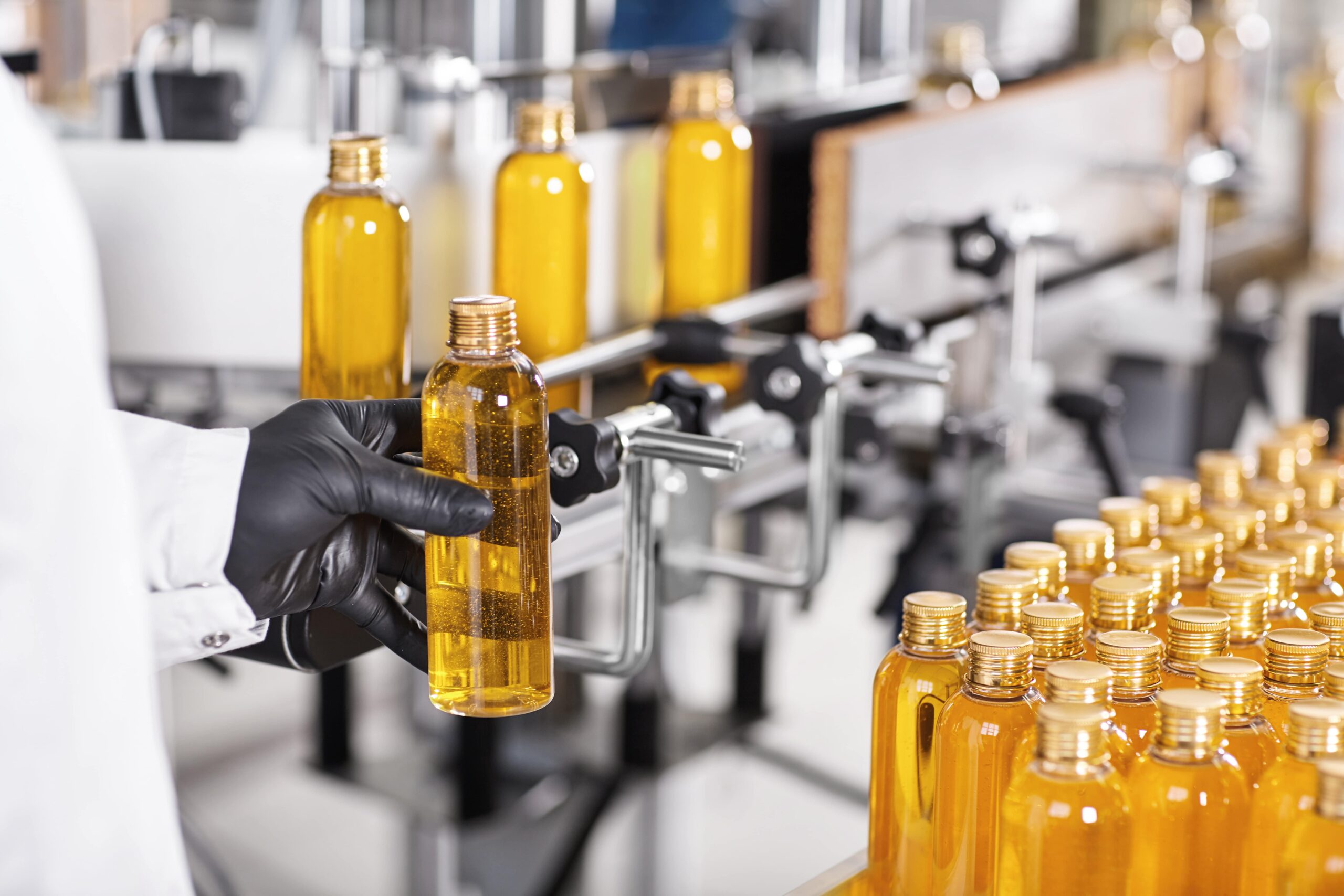Industrial Chemistry – a landscape that is ever-evolving, filled with prospects for further advancements in technology and chemical formulations. Silicone emulsions are the smart all-rounders that offer unmatched versatility across a spectrum of applications.
Treasured for their remarkable heat resistance, hydrophobicity and lubricity, these stable, water-based formulations are a prized possession of silicone emulsion manufacturers.
They help improve the softness of textiles and the gloss of automotive polish, enabling non-stick performance in food-grade applications. As silicone emulsions open a new door to industrial applications, they have evolved into the X-factor of modern manufacturer & consumer solutions.
From Labs to Shop Floors: The Expanding Footprint of Silicone Emulsions
Once limited to niche applications, silicone emulsions have now found widespread utility across a diverse range of industries, becoming integral to both manufacturing processes and end-user products.
Their non-toxic nature, thermal stability, and ease of dilution make them highly adaptable, allowing formulators to innovate rapidly and efficiently.
The construction and coatings sectors utilise them for their excellent weather resistance and surface sealing capabilities.
The smooth spread-ability accounts for the ideal non-greasy formulations of creams, conditioners and lotions.
Polishes and tyre dressings in the automotive sector use emulsions to deliver long-lasting shine and surface protection.
Their versatile nature has driven the functional finish revolution in the textile industry, enhancing softness, elasticity, and a premium fabric finish.

What Makes Silicone Emulsions the X-Factor in Modern Manufacturing
What truly sets silicone emulsions apart in modern manufacturing is their unique combination of performance-enhancing properties that are difficult to replicate with conventional materials.
Their exceptional thermal stability enables them to perform reliably under extreme temperatures, making them indispensable in applications such as mould release agents and industrial lubricants.
Their natural lubricity reduces friction and wear, improving the lifespan and efficiency of mechanical components.
Additionally, silicone emulsions offer excellent water repellency and surface activity, which is critical in textile finishes, car care products, and water-resistant coatings. Their chemical inertness and compatibility with a wide range of ingredients.
Highly adaptable across various formulations, whether in personal care, food-grade processing, or advanced engineering, silicone emulsions have been the “X-factor” in multifunctional solutions.

Silicone Emulsion Manufacturers as the Trailblazers of Industrial Innovation
With proprietary technologies and custom formulation services, silicone emulsion manufacturers today are empowering industries to innovate faster while meeting compliance standards.
They are not just suppliers; they are the torch-bearers of material science advancements, pushing the global boundaries of performance metrics.
In India, companies like Fineotex Chemical, Supreme Silicones and A.K. Scientific are meeting national and international demands with localised solutions, cost efficiency and eco-friendly alternatives.
Global giants like Dow, Wacker Chemie AG, Momentive, and Elkem have enhanced their performance profiles by developing next-generation emulsions, self-healing coatings, anti-foaming agents, and ultra-stable formulations.
Silicone emulsion manufacturers have aligned their product pipelines with the sustainability goal of creating VOC-free, biodegradable, and energy-efficient emulsions that support green manufacturing.

Global Trends and Local Impact: The Industrial Outlook
Across the globe, the silicone emulsion sector is experiencing robust growth, driven by surging demand in diverse industries and the deepening of value chains.
The Asia-Pacific region remains the powerhouse, accounting for around 40% of the market and growing at an estimated 7% CAGR. North America and Europe are reported to contribute 25% and 20% of revenue, respectively, with strong uptake in coatings, medical devices, and sustainable building materials.
Key trends in today’s market include the rise of non‑ionic and cationic emulsions. They cover plastics, industrial coatings, and agrochemicals, along with innovations such as nano-emulsions, bio-based silicones, and self-healing formulations in wound care and speciality coatings.
The export potential remains high, with mature markets in the EU and North America demanding premium and eco-friendly options as leaders increase production capacity.

FAQs
- How do silicone emulsions contribute to a lower carbon footprint?
A: Silicone emulsion manufacturers are:
– Using renewable energy sources like hydroelectricity in smelting operations
– Replacing fossil-based carbon with bio-sourced alternatives in production
– Designing water-based emulsions that reduce reliance on harmful solvents
– Implementing closed-loop systems to minimise waste and emissions
- What keeps silicone emulsion manufacturers ahead in the industry?
A: Top manufacturers stay competitive by:
– Investing in R&D
– Maintaining rigorous quality control
– Embracing eco-friendly practices
– Leveraging digital analytics
- Why do many manufacturers prefer local production over global sourcing?
A: Local manufacturing offers several advantages like – Faster turnaround times and reduced logistics costs, better quality and compliance, local transports and customised products for local market needs.
- What are the current global trends in the silicone emulsion sector?
A: – Rising use in personal care, automotive, and construction sectors
– Growth in Asia-Pacific, especially China, due to strong manufacturing bases
– Increased demand for multifunctional emulsions with water repellency, lubrication, and surface protection
– Sustainable agriculture applications, where emulsions improve pesticide efficiency
- How compatible are silicone emulsions with other materials and applications?
A: Silicone emulsions are prized for their exceptional compatibility with – water-based systems, making them ideal for coatings, textiles, and cosmetics; in non-ionic, anionic & cationic forms to suit different substrates.
Sources:
- https://www.elkem.com/products/silicones/emulsion/#
- https://www.sakshichemsciences.com/silicone-emulsion-for-rubber-industry/
- https://www.linkedin.com/pulse/application-silicone-emulsion-chemical-industry-hbsbf-rjfbc/
- https://www.appliedmaterialsolutions.com/chemical-products/silicone-emulsions/
